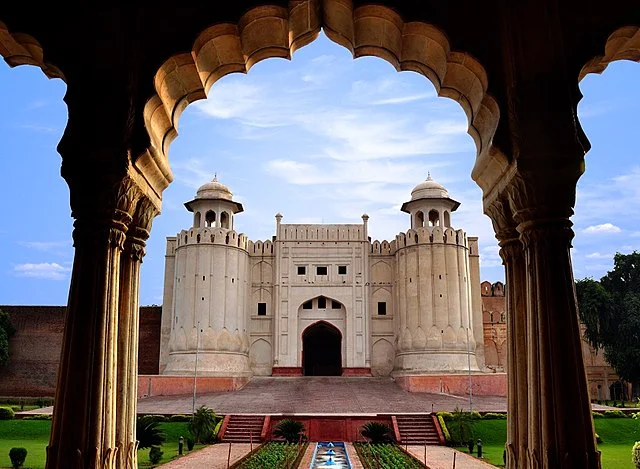Lahore Fort, also known as Shahi Qila, is a massive citadel located in Lahore, Pakistan. It has a long history, dating back to ancient times, though its most significant architectural features were built during the Mughal period. The fort is a UNESCO World Heritage Site, reflecting its historical and cultural significance in the region.
Get your dose of History via Email
Early History
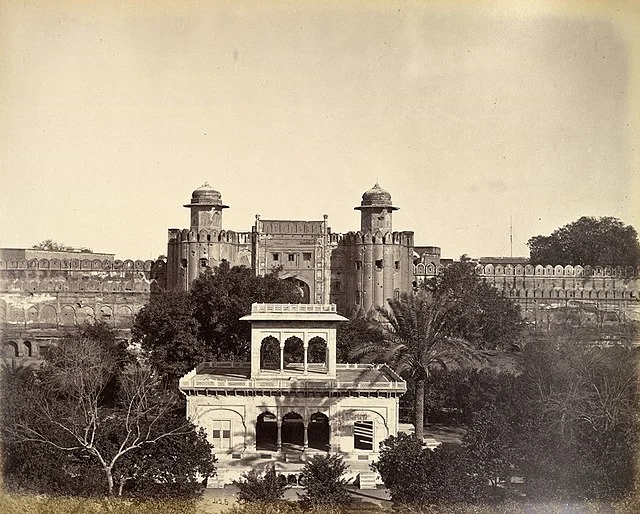
Lahore Fort’s origins are uncertain. Some historians suggest it was built in antiquity, with earlier structures possibly dating back to the 1st century AD. However, it became more prominent during the medieval period when various rulers expanded and fortified it. The fort’s significance increased under Muslim rule, particularly during the reign of the Ghaznavids and Delhi Sultanate in the 11th and 12th centuries AD.
Mughal Period
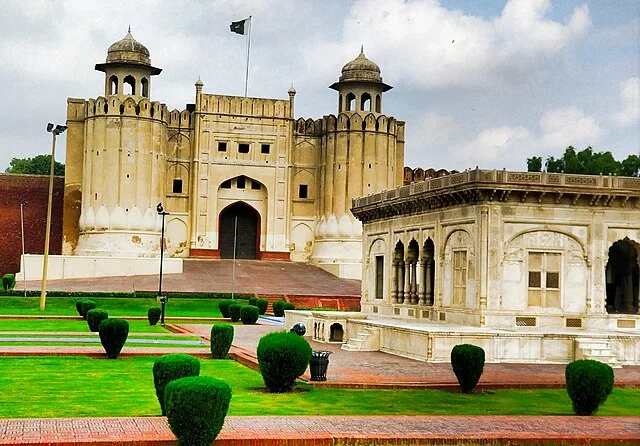
The Lahore Fort as it stands today was largely constructed during the Mughal era, particularly under Emperor Akbar in the late 16th century AD. Akbar rebuilt the fort with solid masonry, transforming it from a mud-brick structure to a grand fortress. His additions include several halls, gardens, and gates, many of which still exist.
Subsequent Mughal rulers, including Jahangir and Shah Jahan, continued to expand the fort. Shah Jahan, known for his love of architecture, added marble structures such as the Sheesh Mahal (Palace of Mirrors) and the Naulakha Pavilion. These additions reflect the luxurious tastes of the Mughal court during his reign.
Architectural Features
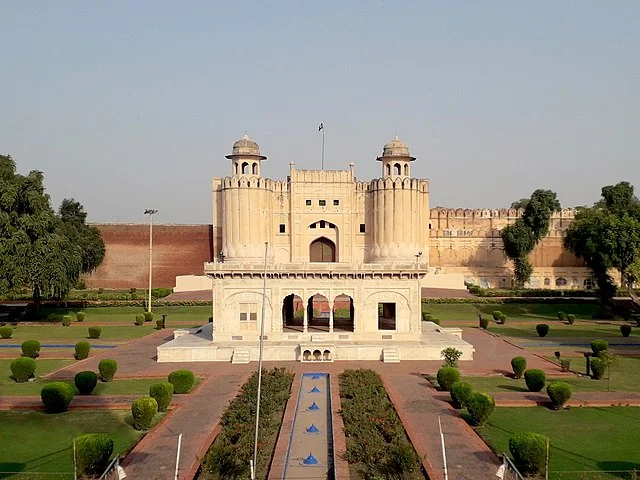
Lahore Fort covers an area of over 20 hectares, with multiple structures and open spaces. Its high walls are built from red sandstone, a typical material used in Mughal architecture. The fort is divided into different sections, including administrative areas, residential quarters, and recreational spaces.
The fort’s gates are notable, with the Alamgiri Gate being the most famous. It was built by Emperor Aurangzeb in the 17th century AD and served as the main entrance. The gate’s massive structure, with two semi-circular bastions, symbolized Mughal military might.
Inside the fort, the Diwan-i-Aam (Hall of Public Audience) and Diwan-i-Khas (Hall of Private Audience) represent the Mughal rulers’ administrative authority. The Sheesh Mahal, with its intricate mirror work, exemplifies the fine craftsmanship of the era.
Sikh and British Rule
The fort continued to play a vital role after the decline of the Mughal Empire. During the Sikh period, Maharaja Ranjit Singh made modifications to the fort, particularly reinforcing it for military purposes. His additions included defensive structures and storage for weaponry.
Under British rule, the fort underwent some changes to adapt to colonial needs. However, much of its Mughal character remained intact, and the fort became a symbol of Lahore’s rich history.
Present-Day Significance
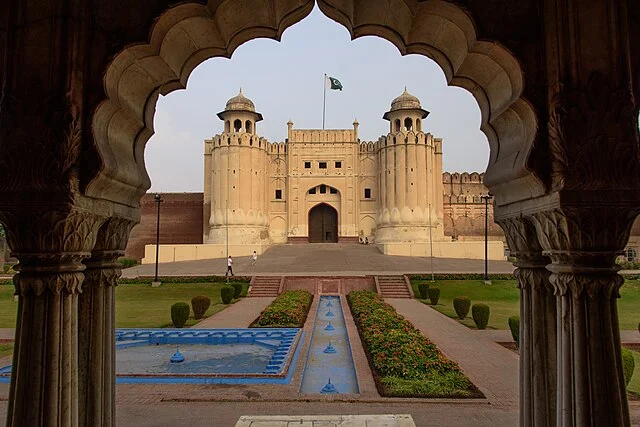
Today, Lahore Fort is one of Pakistan’s most visited historical sites. It serves as a reminder of the city’s grandeur during the Mughal era and the various empires that ruled the region. The fort is an essential part of Lahore’s cultural heritage and continues to draw scholars, historians, and tourists interested in South Asian history.
In 1981, UNESCO designated Lahore Fort a World Heritage Site, recognizing its outstanding universal value. Preservation efforts have been ongoing to ensure that future generations can continue to appreciate its historical and architectural significance.
Conclusion
Lahore Fort stands as a testament to the region’s complex history. Its walls reflect the legacy of the Mughals, the Sikhs, and the British. Today, it remains a symbol of Lahore’s past and an essential part of Pakistan’s heritage. The fort’s unique blend of architectural styles and historical importance make it a key subject of study for historians and archaeologists alike.
Source:

